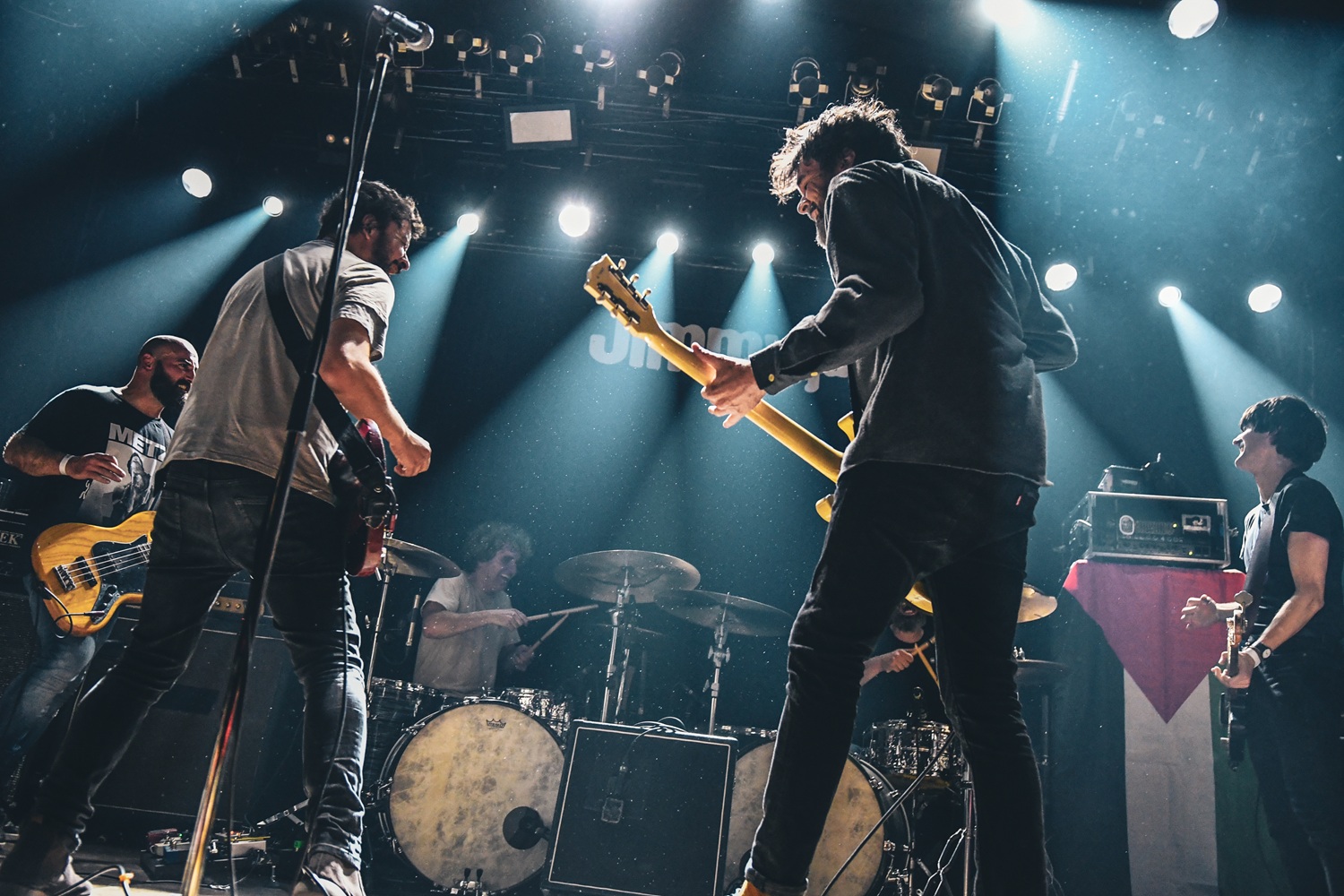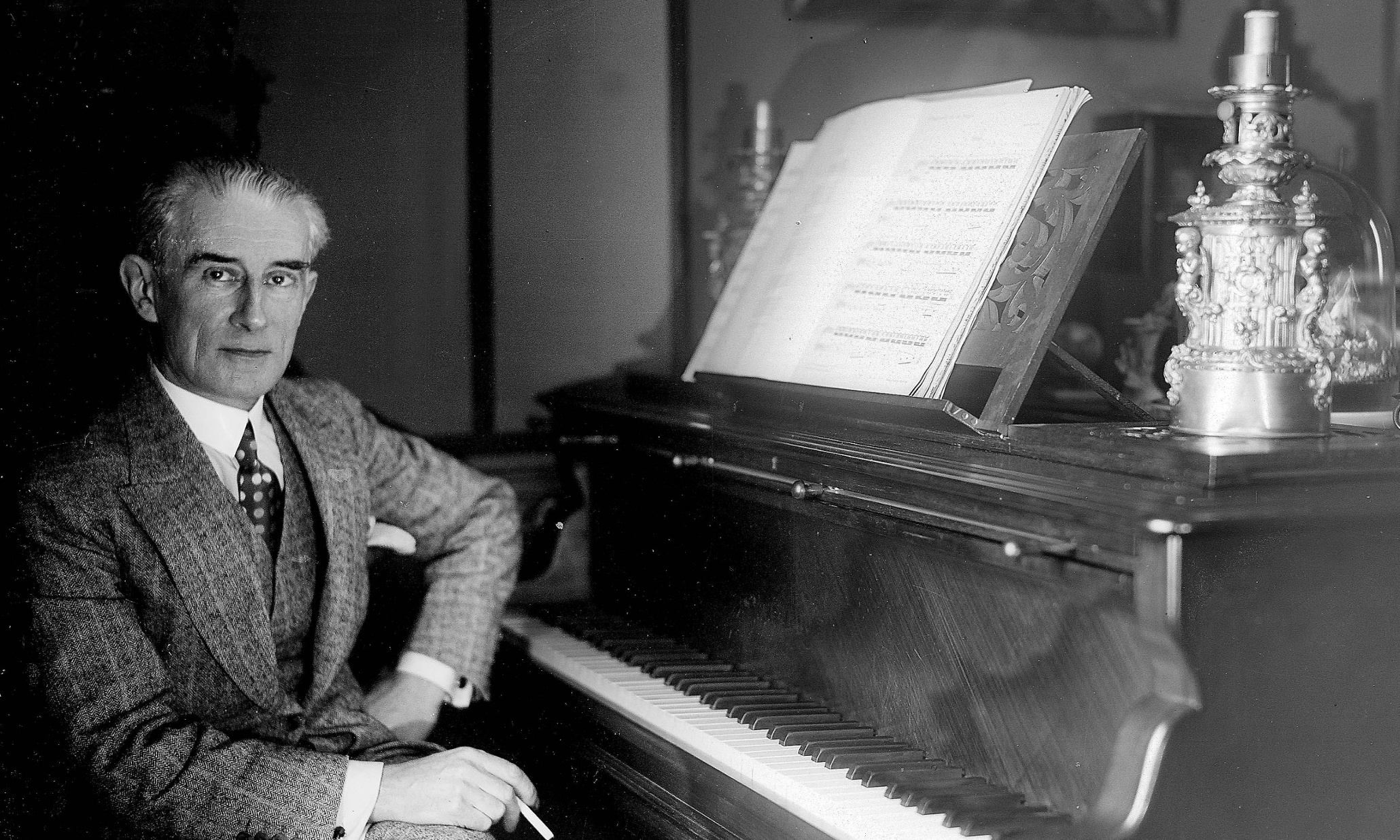Elephant sounds
- There is one element that is witness to all the initiatives that take place in the hall of acts of the Euskalduna Palace in Bilbao, present in all the representations. Its gigantic dimensions and its sounds, which remain silent for too long, should be sufficient to avoid questioning its importance, but precisely because of this grandeur, it is not given the opportunities it needs. A huge elephant, nobody wants to see!

I am referring, of course, to the organ on both sides of the table, divided into two bodies. This instrument, designed by the German factory Karl Shuke and built with over 5,000 tubes, has been collecting for more than twenty years those that approach the whole bank factory dedicated to shipbuilding. The image in proa of the city’s cultural boat should be the only organ in the auditoriums that we have close by. On 21 November, and for the first time last year, I had the opportunity to enjoy the second edition of the organ night organized by the Coral Society of Bilbao, led by its director Iñigo Alberdi and his passion for the body.
As we entered the room, the spectators realized that the organ was going to have a prominent role. Central position for the console necessary for the handling of the instrument and composed by the different keyboards and pedals of feet; two young Biscayan with their own voice over the board, Iñigo de Peque (Bilbao, 1988) and Mikel Ansola (Markiña–Xemein, 2000) with 71 different sound games. The two are students of Musikene, Music Center of the Basque Country, and they continue to maintain a link with the world of keys. Ansola continues in the city of Stuttgart with her academic training and as a professor at the University of Peque Valladodi, in addition to being organist of the church of San Antón in the city. Completing the team, Aitor Etxebarria, composer, pianist and in charge of starting his machinery in the second part of the concert, playing with the sound of the electronic organ.
Ansola started the first part of the program, with a brilliant performance by Master Johann Sebastian Bach. Taking into account the level of concentration that the interpreter needs to reveal the purity of the counterpoint, he opted for intense work to start the night. The advantages and disadvantages of the location of an organ in a room were evident just after passing a few bars. The echo of the mattress and enveloping music of the churches was missed in the transparent and austerous works of Bach. The two pieces of the German Prelude and Escape BWV 541 were performed in Sol Mayor and the Organ Concert in BWV 593 La menor, which evidenced the technical skill of the musicians and the powerful mastery of the instrument, but the same organ was found too naked under the immense hall. More attractive and sturdy seemed to me the Introduction of Max Reger and the interpretation of the powerful parade in the Re Menor, performed by Ansola; and the last episode of Ad nos ad salutarem undam, by Franz Liszt, dedicated by De Peques. The gesture of the two interpreters to Basque music also stands out, as in the concert the Symphony Piece composed of three chapters by José María Usandizaga and Variations on a Basque theme by Jesús Guridi also had its place. Taking advantage of the organ’s symphonic capacity to the last drop, we show that in romantic works the Euskalduna monster adapts better. The careful recording, the tutti power and the sensitivity of the interpreters rounded the first most classical part.
With the reins tied, we were willing to launch ourselves in the second experimental part. In recent years, Etxebarria, who confirms his success abroad in his hometown, jumped on a stage that organists had already heard well. The curtain, colored, started the synthesizers, computers and other gadgets. Through the loops, creating sound spaces, soiling the classic organ pieces – always in a friendly way – and reinterpreting the work of electronics, he got in part. Etxebarria's task was not easy, because putting a hand on the formal pieces, known in the repertoire, always gives cause for concern and because transitions are not easy to make natural. The result I liked and my ears found magical moments, symbiosis and exchange when the two aesthetics come together.
I found what I had usually picked up on Sunday afternoon to be rich and necessary. Rich, because unfortunately there are not many and necessary occasions to listen to this beautiful organ, because we have to turn this reductionist trend, letting the public know the faces and possible parteners that the instrument can have. Congratulations, therefore, to the organizers and to those who have shown great talent in the public.To see if from now on we feel more often the bramids of the elephant.
Olatz Salvador
Noiz: martxoaren 15ean.
Non: Deustuko jaietan.
------------------------------------------------
Martxoak beti du deustuarrontzat kolore berezia; urtero ospatzen ditugu jaiak, San Jose egunaren bueltan. Bi asteburu bete festa, eta urtetik urtera Deustuko... [+]
Antifa hardcore
Lee-Kore + Hoben
Autoekoizpena
---------------------------------------------------------
Tamalez ez da ohikoa Arrasaten hardcore kontzertuak egitea, bestelako musika eszenak nagusitzen direlako. Hala bada, joan den larunbatean herriko gazte batzuen... [+]
Hunkituta eta ilusioz egin dut Iruñetik Oronozerako bidea. Maite dut Olaia entzutea, baita hizketan ere. Herriko farmaziaren ondoan autoa utzi eta balkoitik agurtu naute hark eta bere zakur Arak. Grabagailua martxan jarri aurretik, bueltaxka egin dugu frontoira eta Arak... [+]
Bizitza eztia
Verde Prato
Plan B Records, 2024
--------------------------------------------------------------
Ousmane Sembène zinemagile senegaldar ospetsuari galdetu zioten ea bere pelikulak Europan ulertzen ote ziren. Erantzuna, epikoa: “Izan gaitezen... [+]
Inoren Ero Ni + Lisabö
Noiz: martxoaren 14an.
Non: Gasteizko Jimmy Jazz aretoan.
----------------------------------------------------
Izotz-arriskuaren seinalea autoko pantailatxoan. Urkiola, bere mendilerro eta baso. Kontzertuetara bideko ohiko errituala: Inoren... [+]
FITXA
Zer: OLBEk antolatutako Gaetano Donizettiren ‘La favorite’ opera.
Nork: Euskadiko Orkestra Sinfonikoak (zuzendaria: Riccardo Frizza) eta Bilboko Operaren Abesbatzak (zuzendaria: Boris Dujin).
Noiz: otsailaren 18an.
Non: Bilboko Euskalduna Jauregian.
Olor
Noiz: martxoaren 9an.
Non: Bilboko Sarean espazioan.
---------------------------------------------------------
Esperantza. iz. Nahi edo desiratzen dena gertatuko delako edo lortuko delako uste ona.
Izen horixe jarri zion Jokin Azpiazu Carballo Olor ermuarrak bere... [+]
22 talde gehiago iragarri dituzte Lakuntzan uztailean izanen den HatortxuRockerako: Bad Sound, Dupla, Su Ta Gar, Chuleria Joder!, Brigade Loco, Leihotikan, Burutik, Tribade, Maskak, Les Testarudes, Non Servium, Añube, Dj Plan B, Gatibu, DJ Trapella, La Jodedera, Süne,... [+]
Bidea da helmuga
Kokein
Balaunka, 2024
--------------------------------------------------
Eibarko rock talde beterano hau familia oso desberdinetako lagunek osatu zuten aspaldi eta ia fisurarik gabe hamarkadatan eutsi dio. Izan ditu atsedenak, gorputzak hala eskatu... [+]
Elgarrekin izena du Duplak egin duen aurtengo abestiak eta Senpereko lakuan grabatu zuten bideoklipa. Dantzari, guraso zein umeen artean azaldu ziren Pantxoa eta Peio ere. Bideoklipa laugarrengo saiakeran egin zen.
Duela 150 urte, 1875eko martxoaren 7an jaio zen Maurice Ravel musikagile eta konpositorea, Ziburun. Mundu mailan ospetsu dira haren lanak, bereziki Boleroa. Sarri aipatzen da Parisen bizi izan zela, kontserbatorioan ikasi zuela aro berri bateko irakasleekin, munduko txoko... [+]
Zuloa
Merina gris
Sonido Muchacho, 2025
-------------------------------------------------------
Euskal Herrian ez da orain arte horrelako musika elektronikorik egin. Esango nuke Merina Grisek historian euskaraz egin den elektronika eta hyperpop diskorik landuena egin... [+]





















